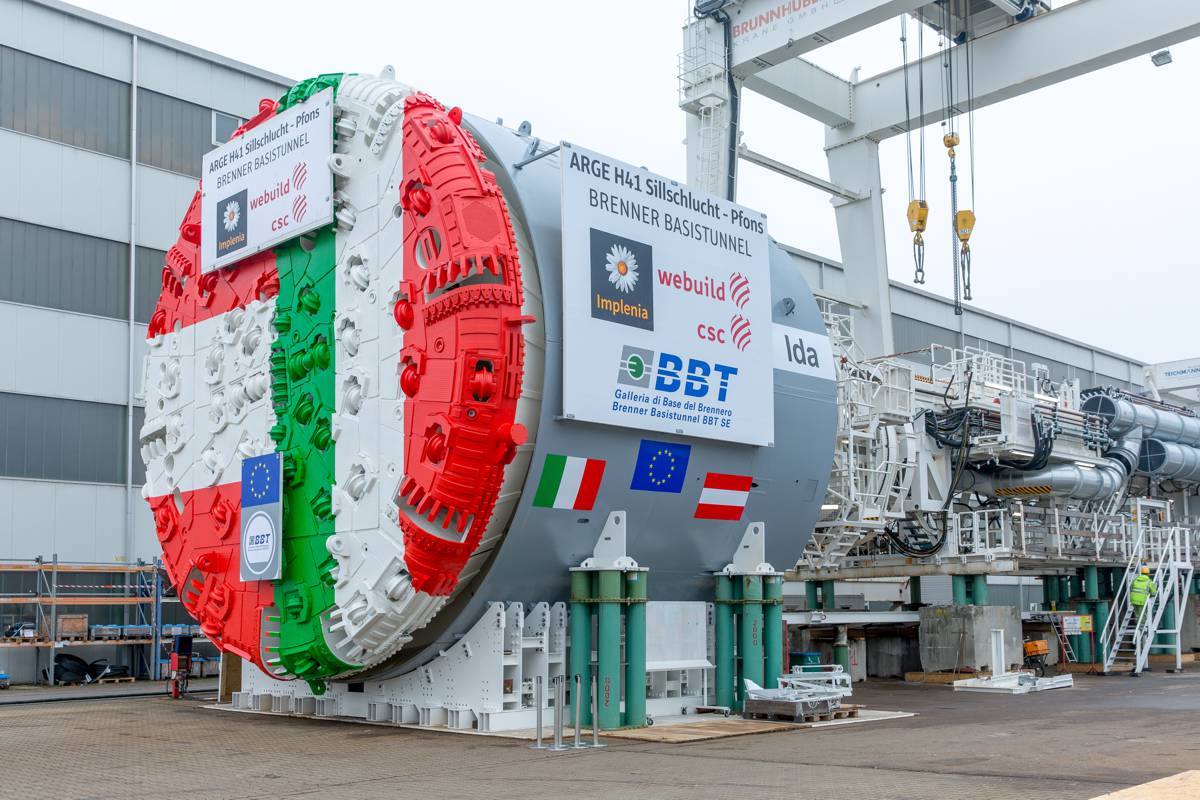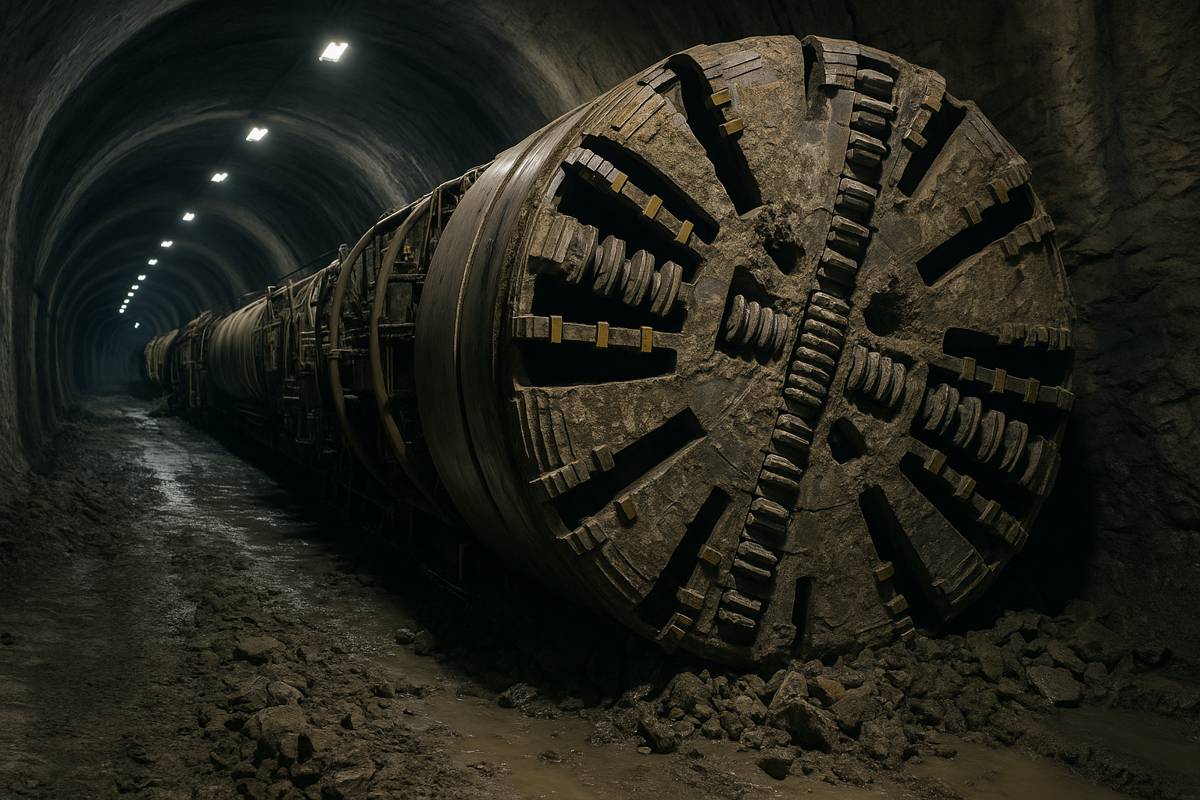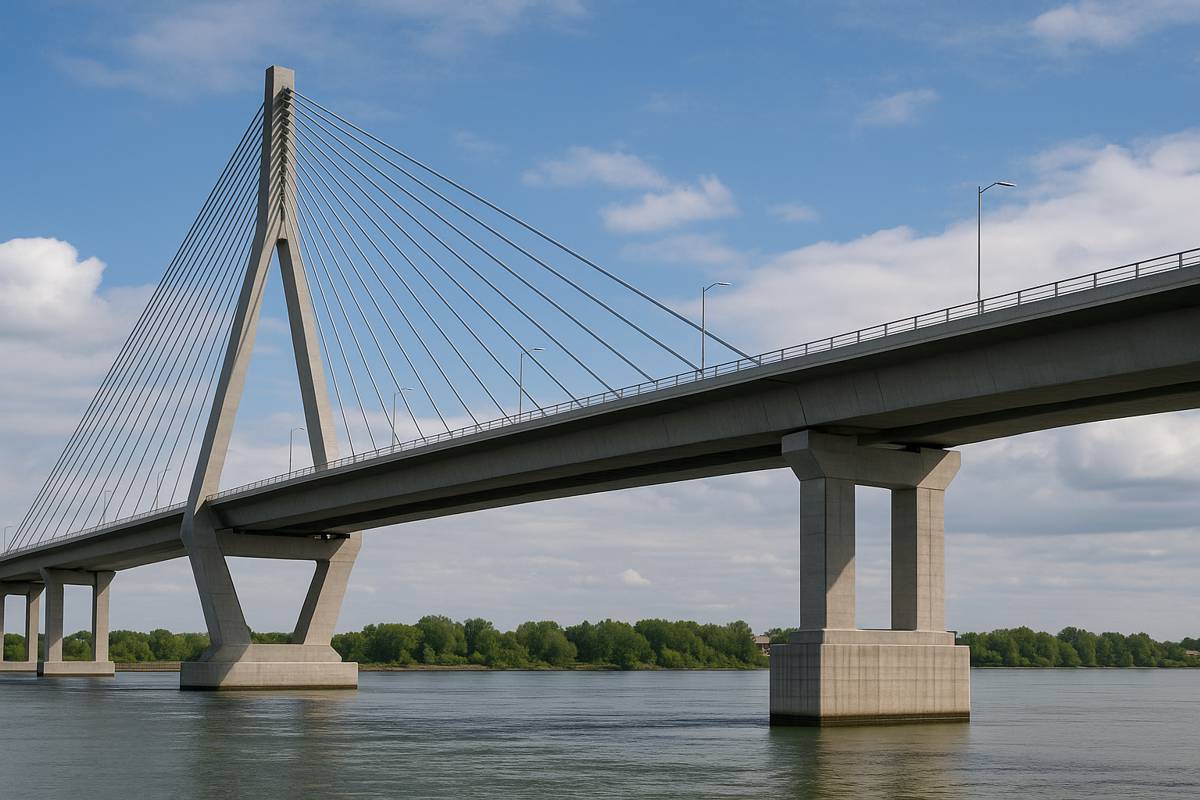Polar research vessel RRS Sir David Attenborough relied on ALE
ALE has utilised its experienced team and in-house design expertise to complete the heavylifting activities for the RRS Sir David Attenborough the new polar research vessel for Britain.
As part of the primary contractor’s, Cammell Laird, full turnkey ship build of the high-profile polar vessel, ALE was appointed to execute the site transportation, load-outs, lifting and barge works of ship sections weighing a combined total of 17,500t in Birkenhead, UK.
Lasting over 15 months, the project was split into several phases with a cost and time-effective solution determined at each stage.
Once the shipbuilders had built the stern section in two halves, ALE performed the weighing, jacking, skidding and transportation of the two sections and joined them together using SPMTs. As part of the full-service package, ALE provided the grillage design, sea-fastening, and load-out of the stern section.
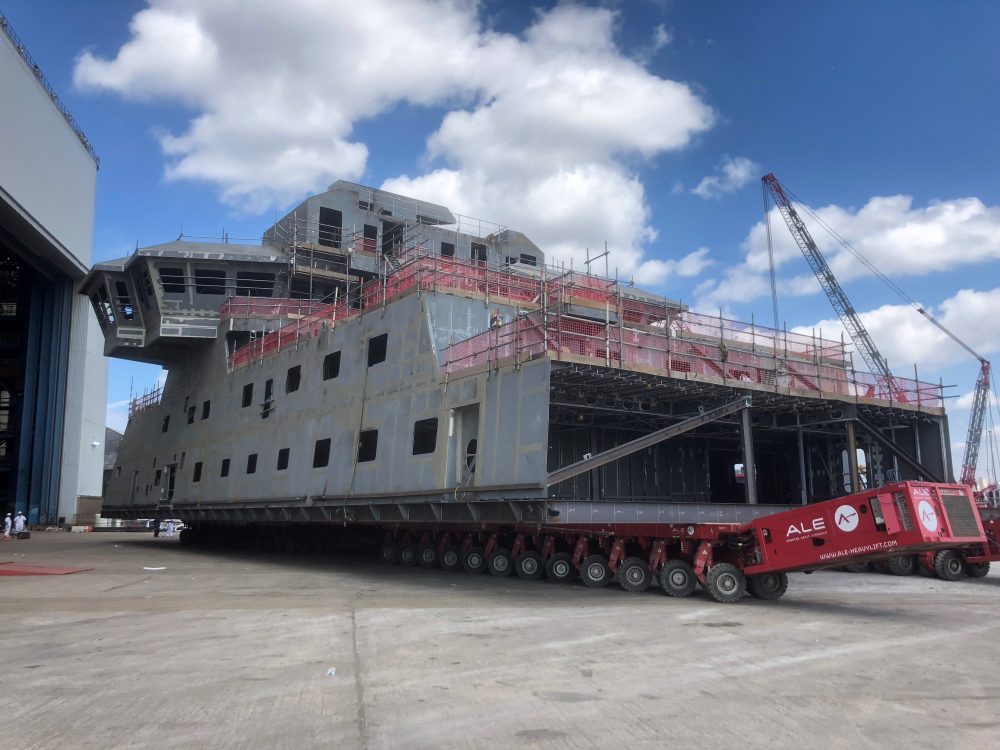
Once loaded-in at Cammell Laird, the next phase involved the load-in and transportation of the stern section, offloading and jacking it down into position. ALE designed and fabricated bespoke adaptor plates to be used when jacking the stern section build into position. ALE used Teflon shuffling equipment to align the stern section with the aft end of the vessel so Cammell Laird could easily welded the sections together.
To enable the forward end of the vessel to be constructed, the RRS Sir David Attenborough vessel was moved 40m down the slipway using 228 axle lines of SPMT. For a cost-effective move, ALE designed bespoke transport frames and utilised transport beams to enable the vessel to be lifted and avoid the costly welding to the vessel.
In July, the complete hull, measuring 129m long and weighing 10,000t, was moved 120m down the slipway to its final launch position using 300 axle lines of SPMT. Once launched, the vessel was moored in Cammell Laird’s non-tidal wet basin whilst waiting for the final block, 51.
As block 51 was too tall to be built inside the north hall, it had to be built separately and lifted into position. The final site move involved transporting block 51, weighing 535t, and lifting it in tandem with ALE’s LR1750 crawler crane and AK912 pedestal crane onto the vessel.
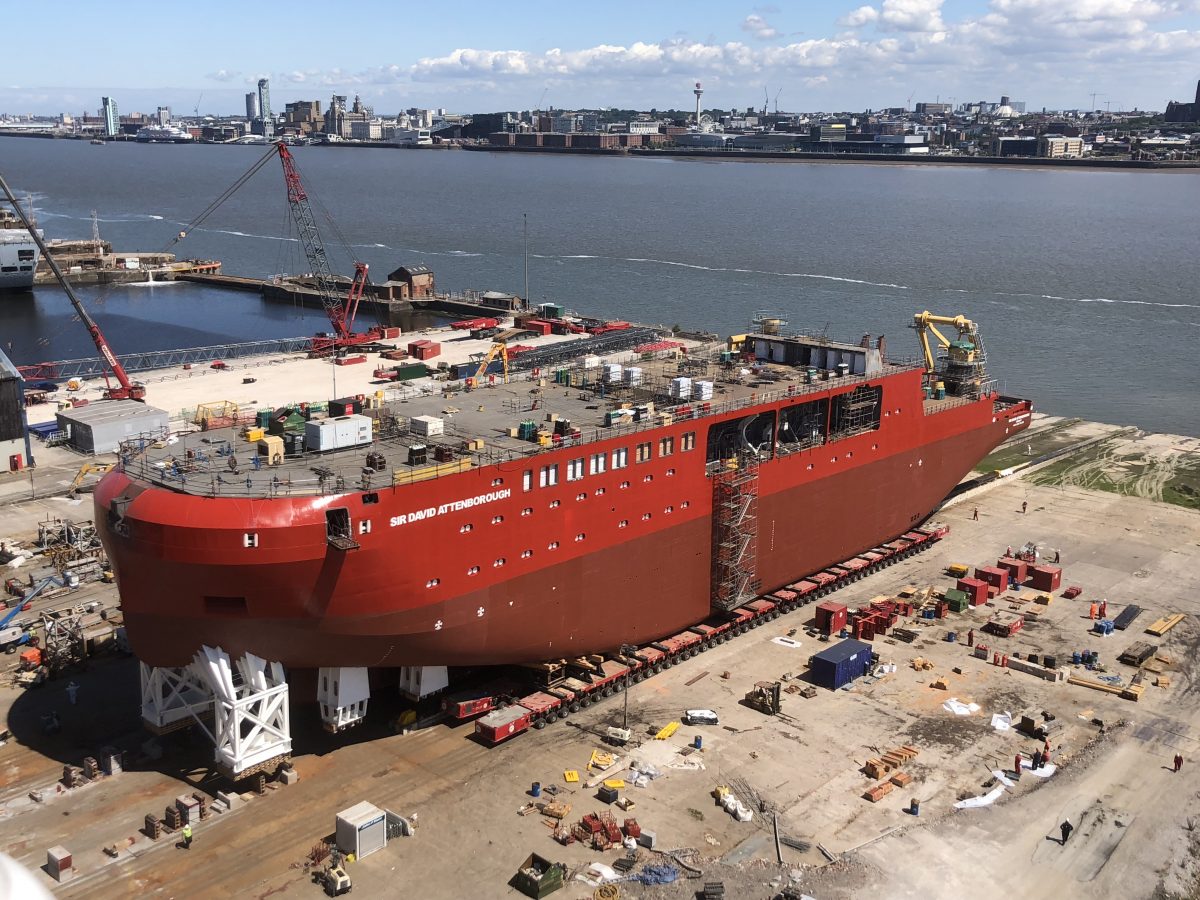
John Davis, Senior Sales Manager for ALE said: “We are extremely proud to be so involved in such a landmark project and it really showcases our ability to provide customised solutions for the shipbuilding industry. The priority was to find the best solution possible at each stage to increase client savings and reduce disruptions to the overall project schedule. All equipment, design and engineering were provided in-house by ALE, with no third parties involved.
“In consideration of the hull’s sheer size and weight, our client chose to work with us because of our long-standing experience in this specialism and trusted us to complete manoeuvres of this magnitude safely and successfully.”
Cammell Laird CEO John Syvret CBE, says: “I want to thank NERC, British Antarctic Survey, Rolls Royce, Lloyds Register, Houlder Offshore and the entire supply chain for their commitment and support. This is one team, ‘team UK’ working in partnership to deliver a unique ship with unique capabilities and capacity.”
Sir David Attenborough says: “This wonderful new research ship will enable British scientists to continue their crucial work in both the Arctic and Antarctic for decades to come.”
The new research ship is part of a Government polar infrastructure investment programme designed to keep Britain at the forefront of world-leading research in Antarctica and the Arctic. Commissioned by the Natural Environment Research Council (part of UK Research and Innovation), built by Cammell Laird and operated by British Antarctic Survey, this is the largest civilian ship to be built in the UK for 30 years and is expected to enter service in 2019.












